Big Picture
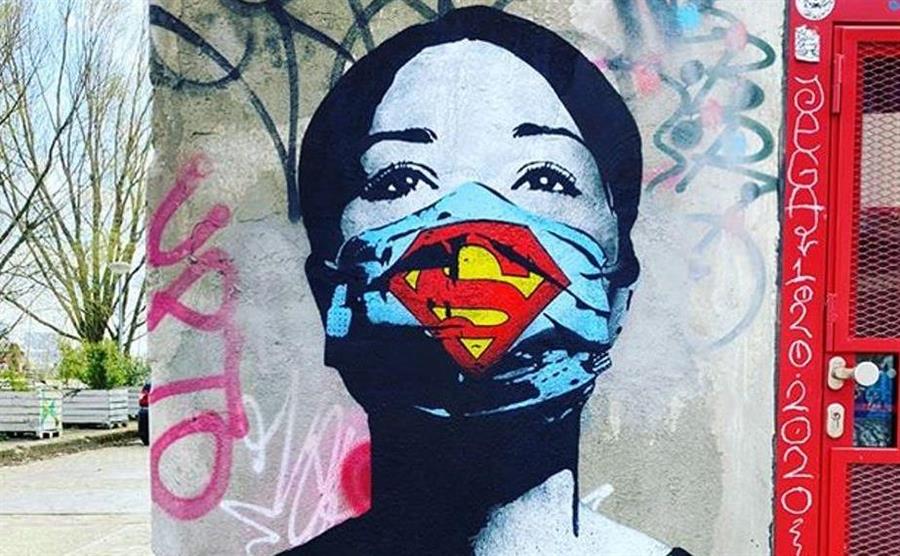
Amsterdam street art honoring nurses, by FAKE (Netherlands)
This is the tenth in a series of 16 posts offering an analysis of “Covid Codes” from a global perspective. SEMIOVOX has invited consulting semioticians from around the world to augment the Coronavirus-related meaning map whose lineaments we revealed here in a Spring 2020 series. We are grateful to our talented and generous colleagues, who are individually acknowledged in each series post that features their contributions.
The theme we’ll explore in this installment is: BIG PICTURE. By which we mean: Looking above and beyond your own immediate life situation.
Brands activating against the norms and forms of the Big Picture thematic complex urge us to look beyond our own circumstances and gain valuable perspective, by: cultivating gratitude, thinking about what matters most, and considering the needs of the community, among other means.
Here, we begin to shift away from the paradigm Guru, which governed the previous two installments in this series (ANCIENT WISDOM and HEALING RITUAL), and into the realm of a paradigm that we’ll call: Counselor.

The Counselor — think of a psychiatrist, therapist, minister, or other wise figure — urges us to use illness as an opportunity to reflect on what matters most. If within the space we’ve been analyzing, the Doctor is sometimes a semi-villainous figure (see INFALLIBLE AUTHORITY). i.e., one whose methods and aims we fear and resent even while we feel passively bound to submit to them, then the Counselor is this space’s rebellious hero(ine).
Do we resent the doctor’s too-narrow focus on our body — versus our mind, spirit, soul — as a site of treatment? Never fear! The counselor zooms out, considering us as a whole person. Does the doctor propose to blast, scour, napalm our insides in order to eradicate an illness? The counselor proposes that we use illness as an opportunity to reflect on what matters most.
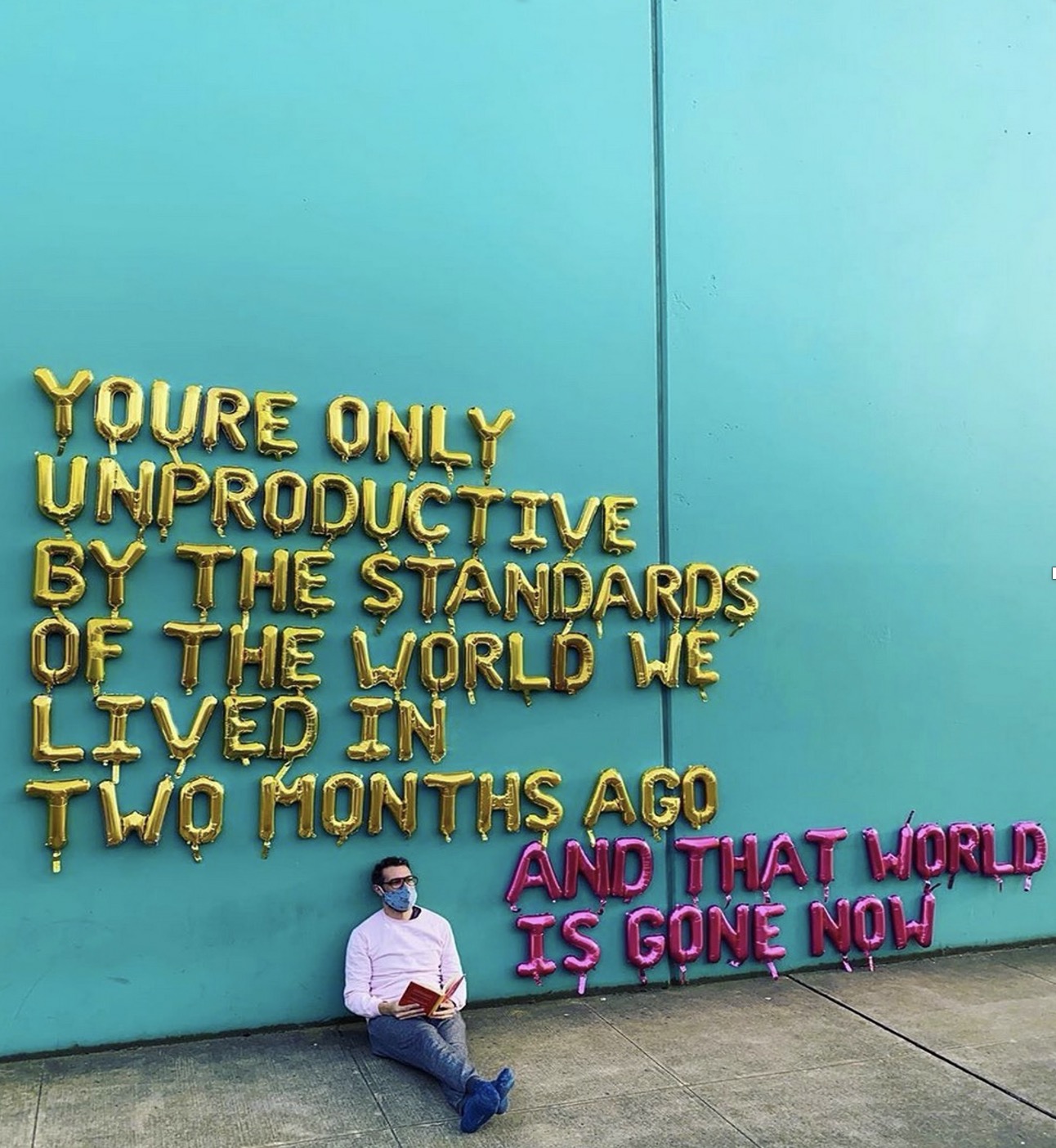
During the first year of the epidemic, we saw many source codes emerge in this space. Why? Because although we couldn’t at that time seek treatment for COVID-19, we could use the epidemic as a spur to self-actualization, a prompt to embrace new perspectives, a grim but perhaps welcome opportunity to seek meaning.
Our study suggests that the BIG PICTURE thematic space is brought to life by at least six “source codes” (signs): Unbalance, Fresh Perspective, Gratitude to Responders, In This Together, Higher Purpose, and Take a Stand.
Unbalance
The Unbalance source code’s norm (idea, value, higher-order benefit) can be described as follows: Illness — and stress — can knock you off-kilter. Time to “re-center” and restore our mind-body balance.
Here we find brand communications, PSAs, journalism, etc., suggesting that a busy, multitasking, stuck-in-a-rut style of life is out of kilter — so even a mild illness can all too easily disrupt things entirely.
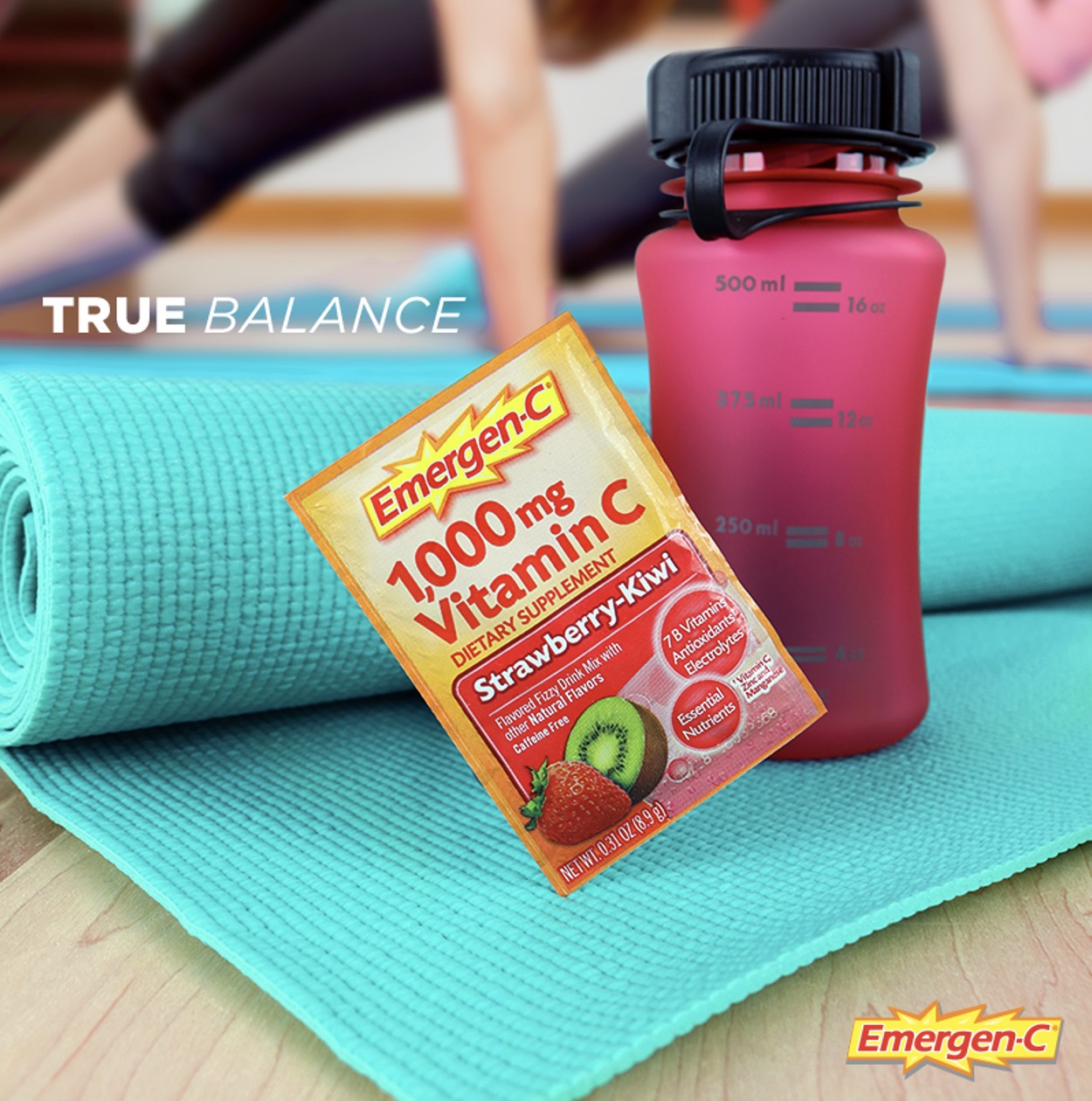
Visual cues of the Unbalance source code include:
- Yoga-related cues as metaphor for re-centering, practicing mindfulness, calming down, getting back in touch with yourself, etc.
- Balancing visual metaphors — e.g., cups of coffee, bottles of Sambucol, etc.
Verbal cues of the Unbalance source code include:
- Balance as metaphor. “Feel like your health is teetering on the edge? Be ready for cold season with Cold-EEZE® plus DEFENSE at the first sign of a cold.”
- PSA-type advice: “How to find balance during Covid-19,” “Maintaining work-life balance during Covid-19.”
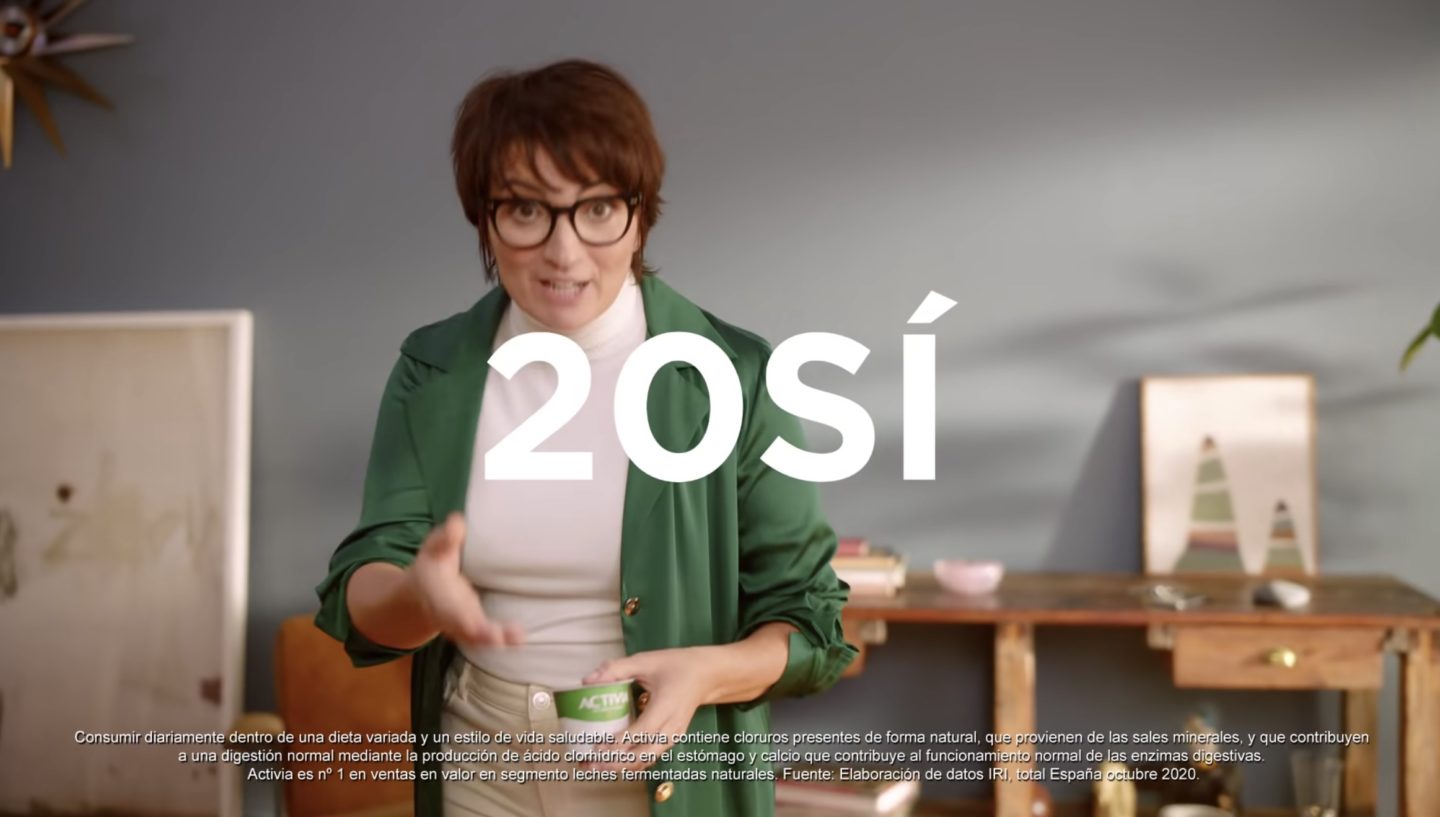
Gabriela Pedranti (Argentina/Spain) notes that Activia — a brand that communicates around “balance” — has a new campaign that suggests, “2020 was the year of the ‘no’; in 2021, why don’t we focus on the ‘yes’?”

Fresh Perspective
The Fresh Perspective source code’s norm (idea, value, higher-order benefit) can be described as follows: When we compare our everyday worries with a more serious issue, they no longer seem so important.
Renew and refresh your perspective, insists the counselor paradigm. For many of us stuck at home right now, this is a powerful call to action. And for those Americans uncomfortable with the blinkered, take-no-prisoners, FORCEFUL REMEDY approach to illness, here we find voices urging us to use the prospect of illness (and death) to appreciate our health, our peace of mind, and other intangibles that we too often take for granted.
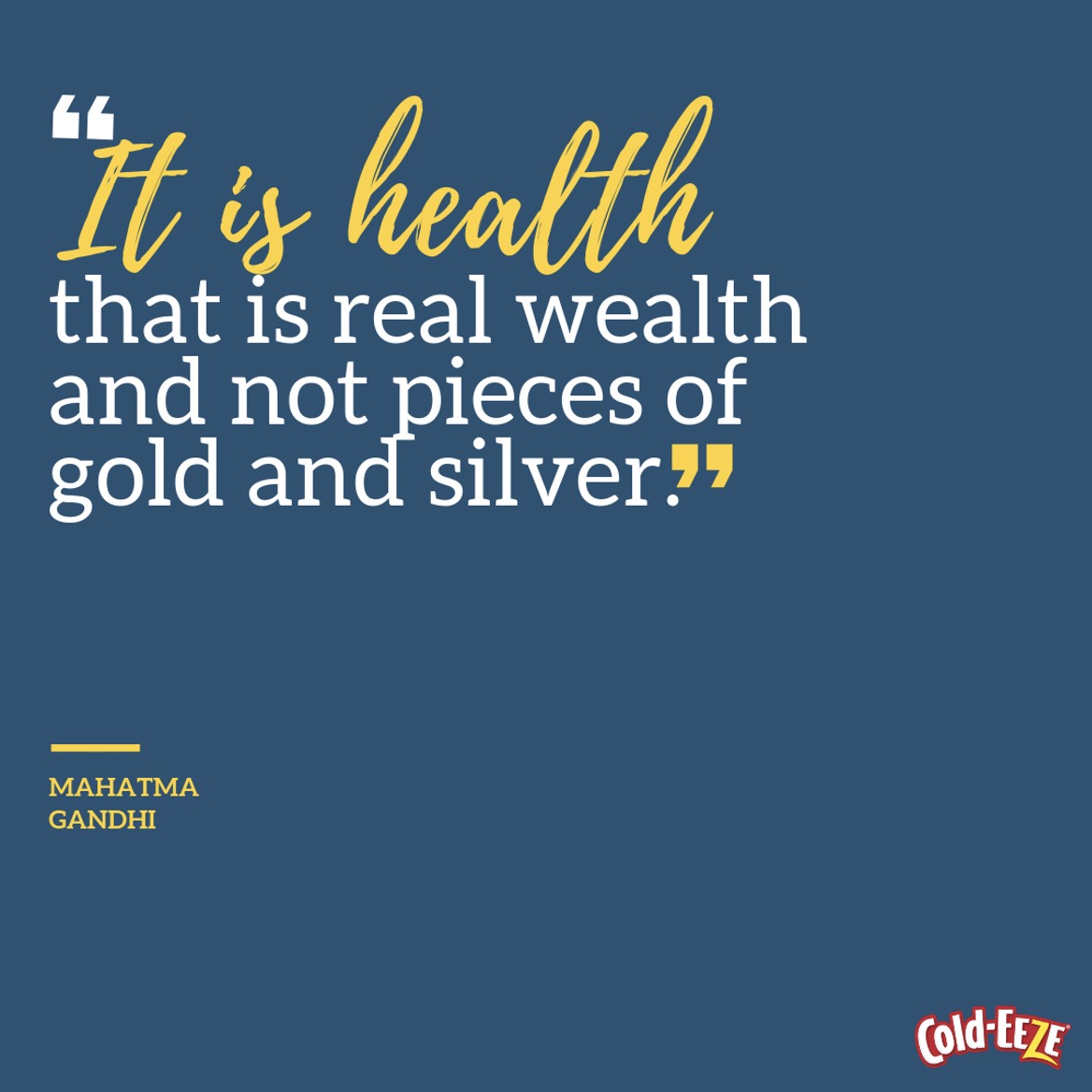
Visual cues of the Fresh Perspective source code include:
- People looking thoughtfully into the distance, literally seeing the world from a new perspective. Metaphorically, realizing how “small” their concerns are, and thinking about what really matters most.
- Sick people, realizing that health is more important than money, success, status, etc.
Verbal cues of the Fresh Perspective source code include:
- Comparisons of what we used to think vs. what we think now that we have perspective: “It is health that is real wealth and not pieces of gold and silver.”
- Resolutions to change your life: “Every little thing that you’ve always pushed aside or not done or haven’t cared about, you suddenly want to do.” “You want to change and become this better person for other people and those around you. Not from a selfish point of view, but because you want to make a difference.”
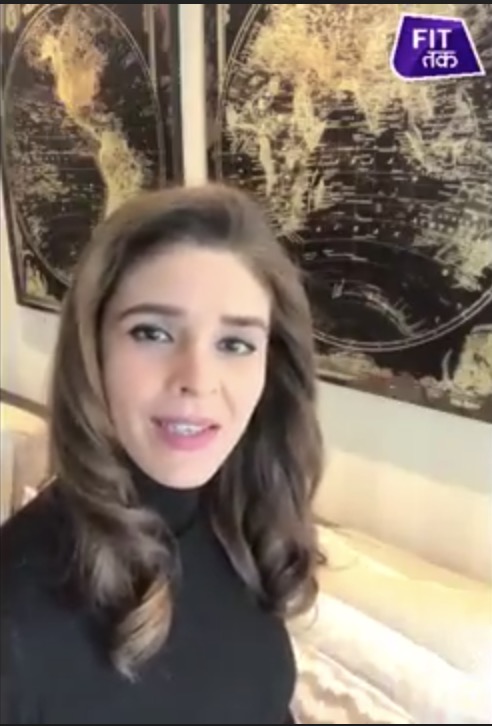
Aiyana Gunjan (India) sends along this popular WhatsApp forward, a video explaining why we should not hate 2020. “Every cloud has a silver lining, Aiyana sums up the video’s message, “and 2020 taught us a lot.”
Gratitude to Responders
The Gratitude to Responders source code’s norm (idea, value, higher-order benefit) can be described as follows: Taking a moment to appreciate the folks who care for us when we need it most.
Here we find expressions of gratitude, on behalf of companies and brands, to emergency responders, teachers, retail workers, delivery drivers, and all those who serve others.
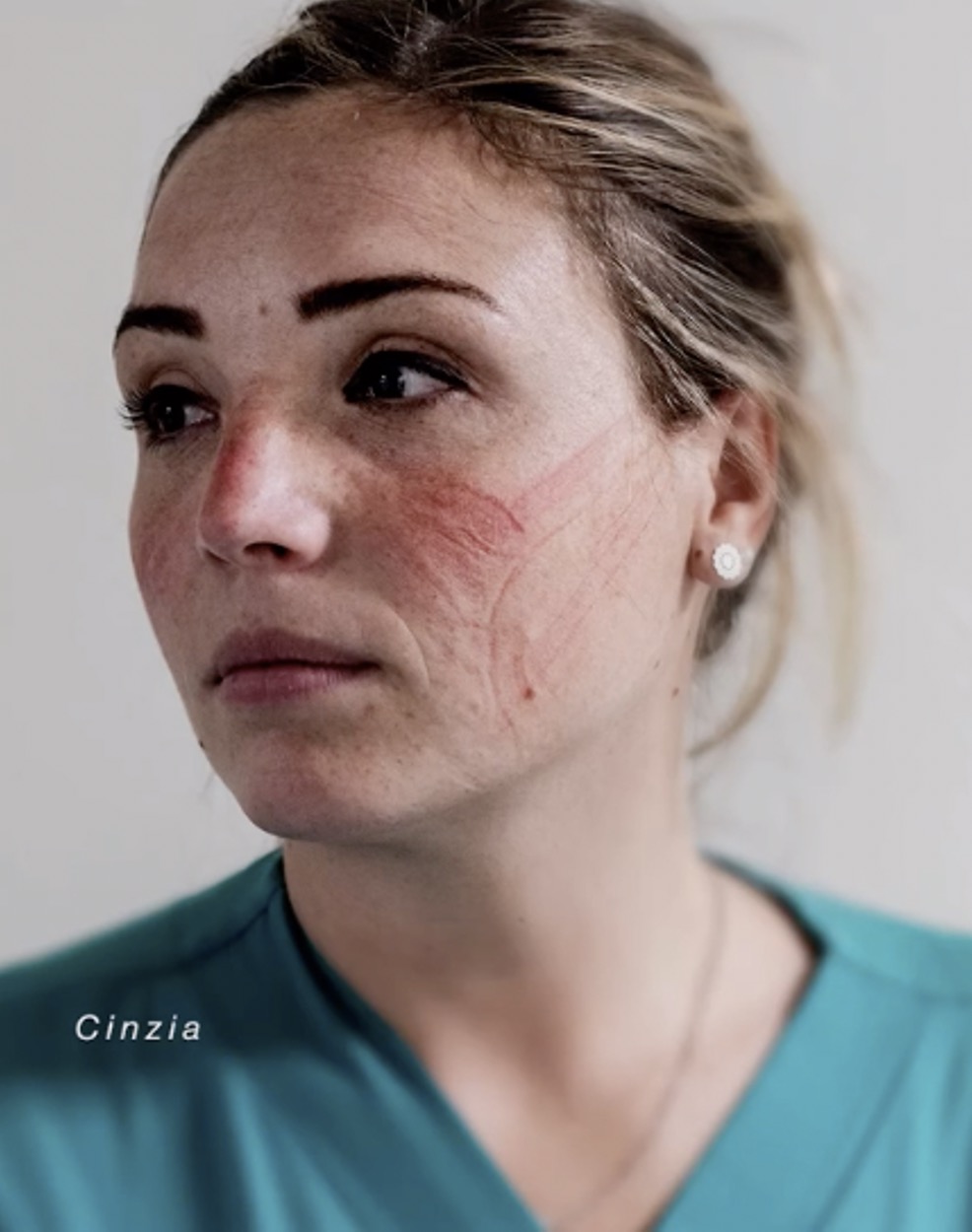
Visual cues of the Gratitude to Responders source code include:
- Images of hard-working doctors, nurses, retail workers, fire fighters, warehouse workers, etc.
- Handwritten thank-you notes — either by children, or in a child-like style
Verbal cues of the Gratitude to Responders source code include:
- Heartfelt thanks: “Thank you, nurses.” “Thankful for our healthcare heroes.” “Thank you teachers.”
- Odes of appreciation: “I’ve always seen your spark, your dedication and humanity, but today, as you’re being challenged more than ever, I see heroes.” – Doug McMillon, CEO, Walmart.
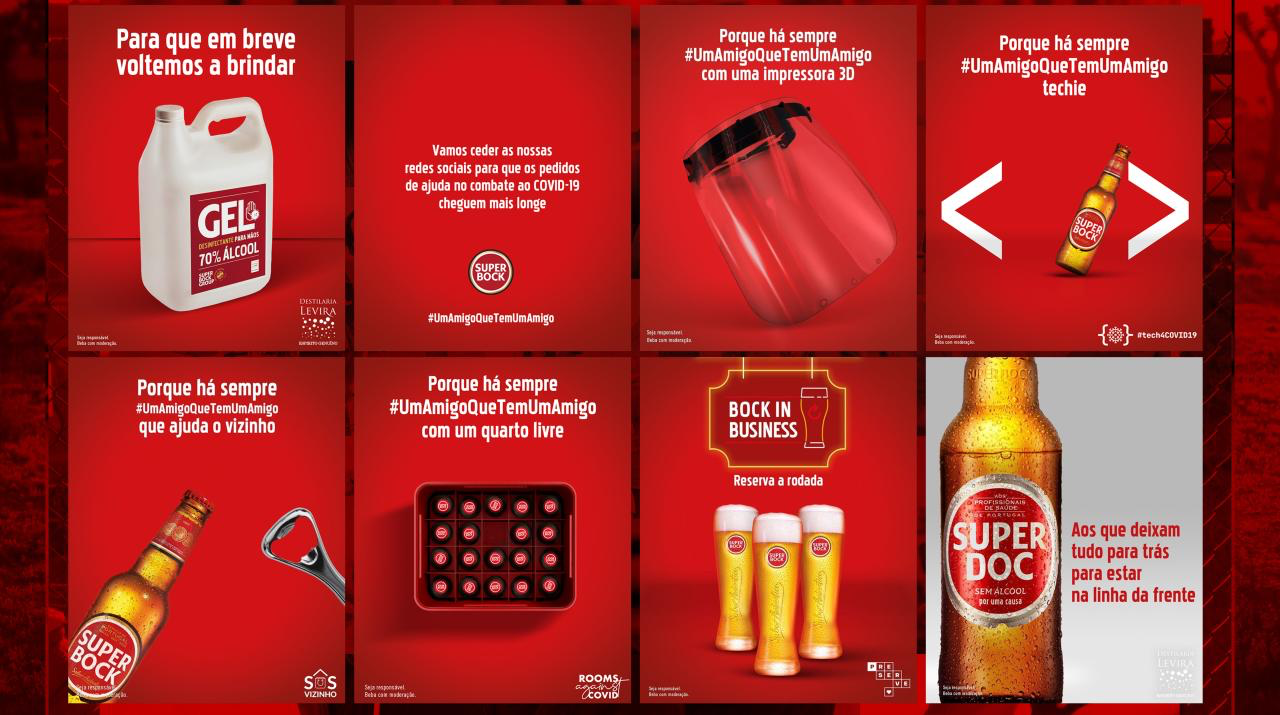
Sónia Marques (Portugal) notes that the Portugese brand Super Bock dubbed its alcohol-free beer Super Doc, and donated the alcohol removed from it to hospitals — to be used as hand sanitizer. The name “Super Doc,” of course honors health workers.
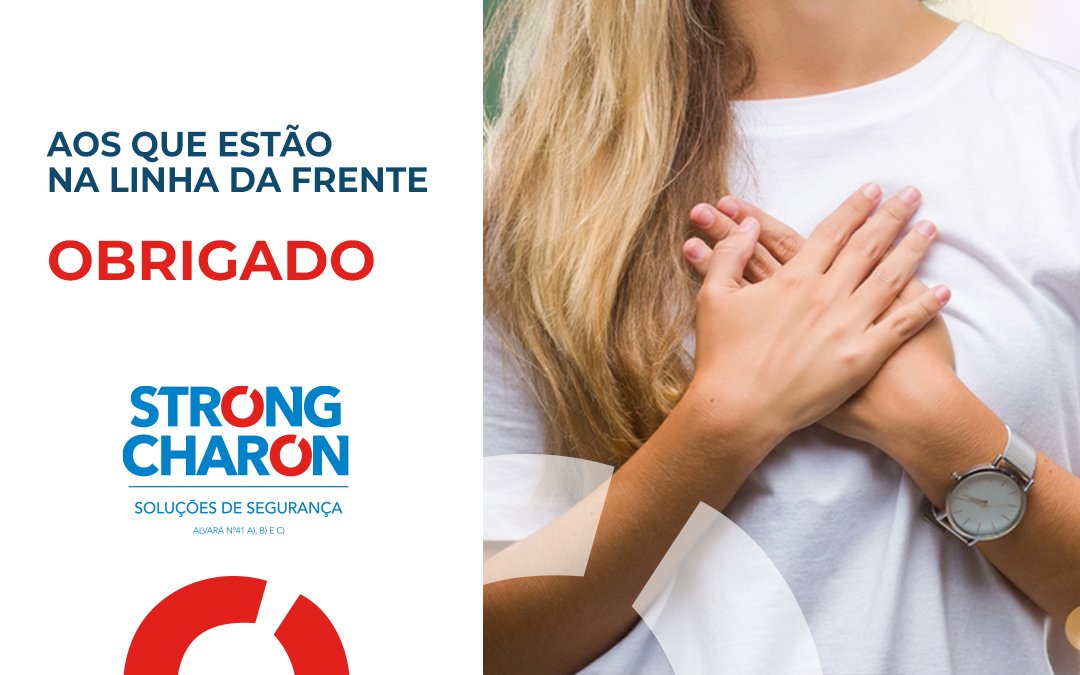
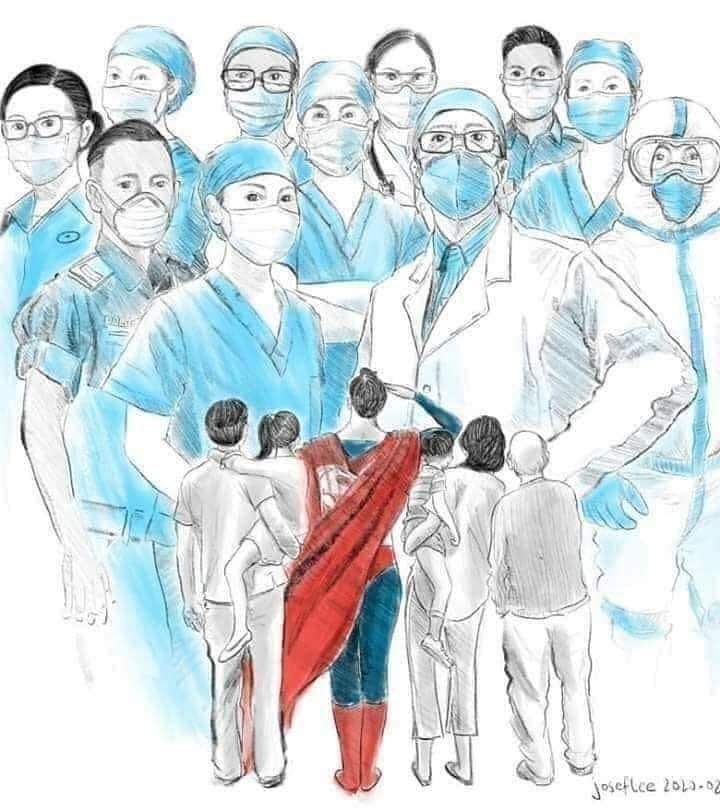
Sónia also sends these two images from Portugal communicating gratitude to front-line workers. One is a conventional ad (“obrigado” — thank you), the other shows an illustration by Josef Lee which was reused frequently.
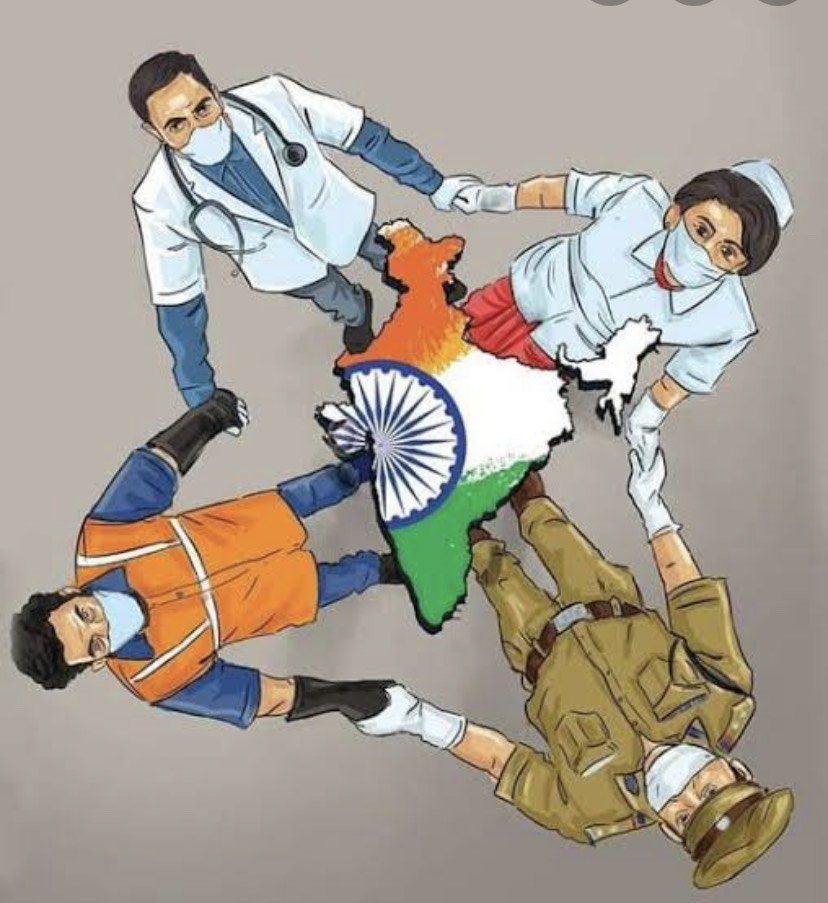
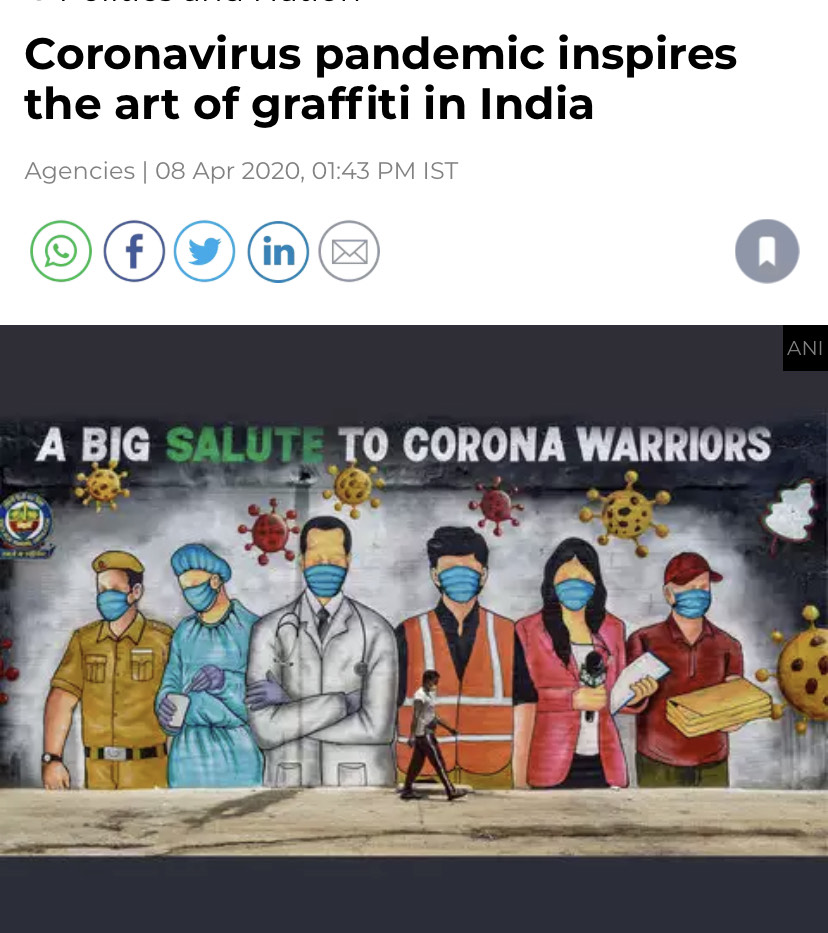
Aiyana Gunjan (India) sends the images show above: “Doctors, nurses, policeman and cleaners emerged as key symbols of authority and credibility. They are the heroes who were fighting the war against the Coronavirus.”
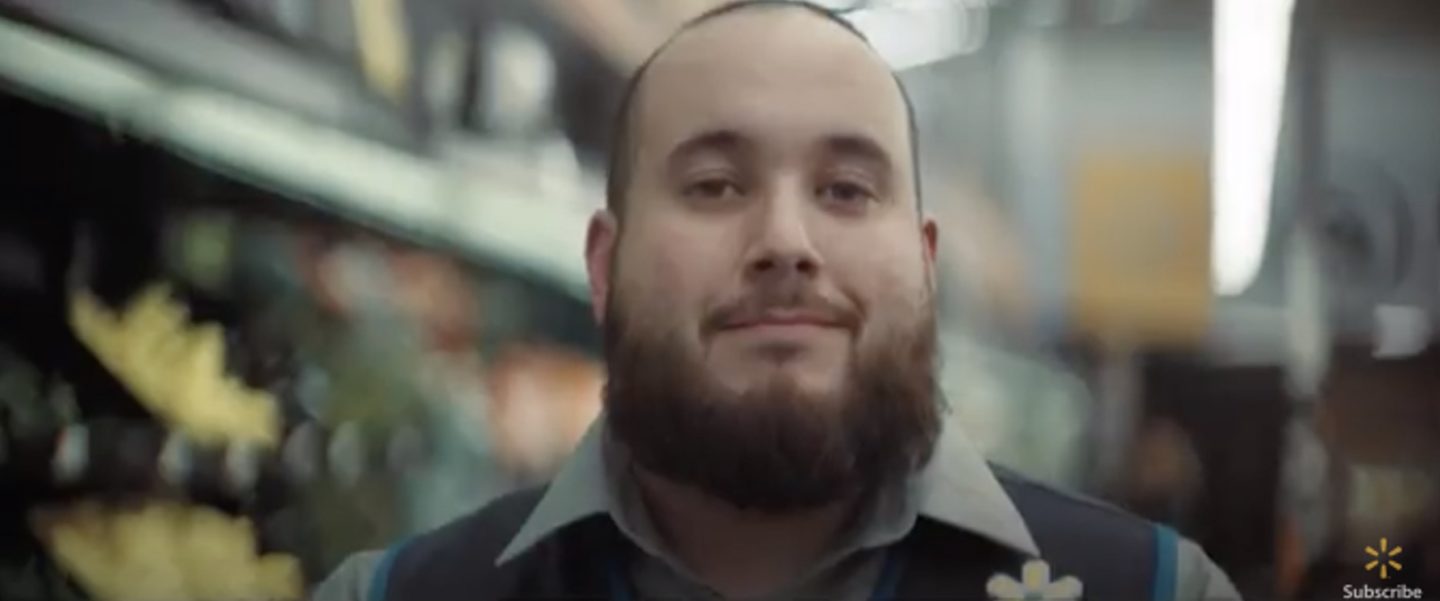
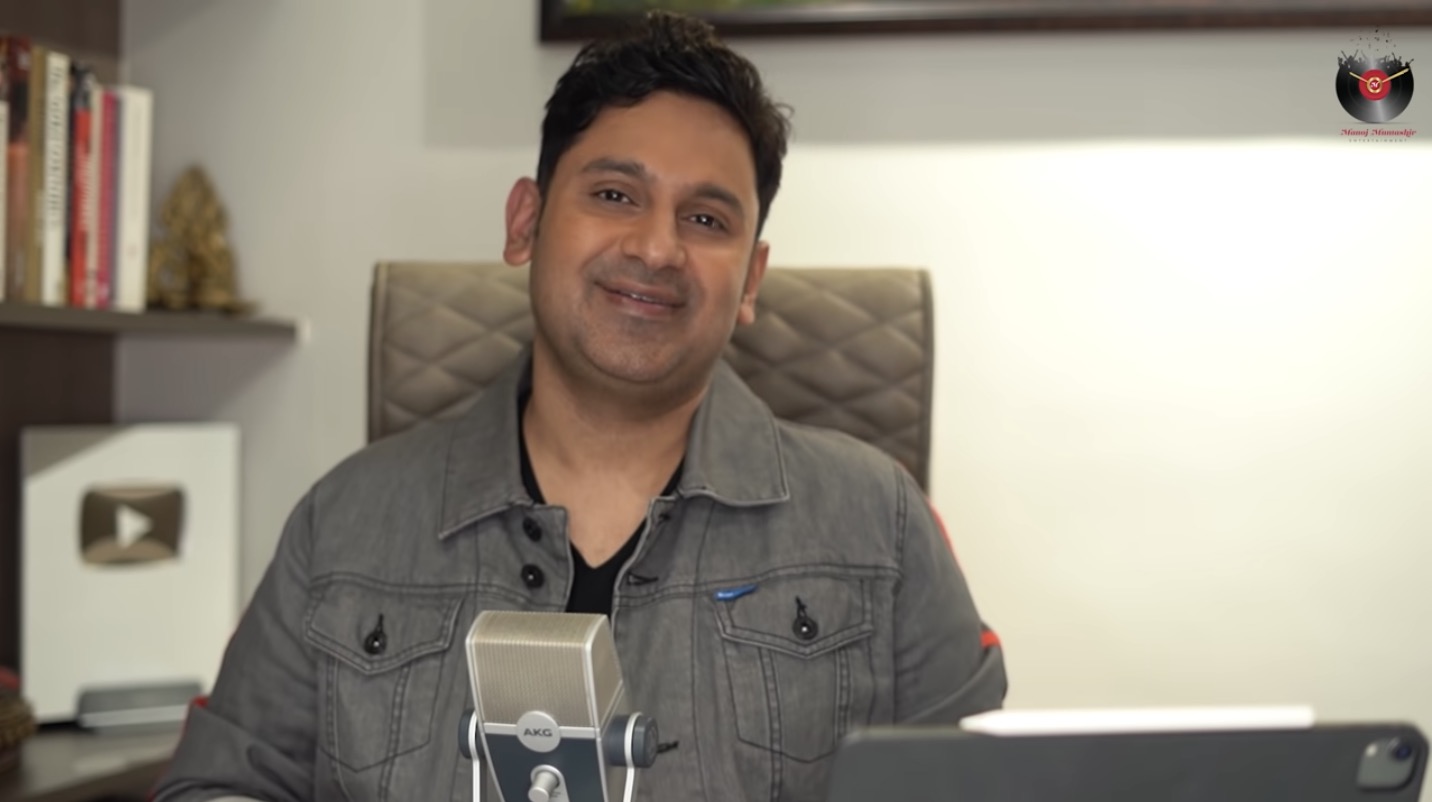
Aiyana Gunjan (India) sends along this video in which Manoj Muntasher — an eminent poet, singer, and Bollywood songwriter, celebrates the truly “big people.” “New Year 2021 is the most significant year as it taught me what I had not learnt my whole life. My priorities have changed. This year showed me who are the big people in life. Earlier I thought writers singers, actors, sports people, leaders, politician were the big people. Now I have no doubt — there are three people on the list — doctors, soldiers and farmers.”
In This Together
The In This Together source code’s norm (idea, value, higher-order benefit) can be described as follows: In this struggle, we’re all on the same team. There’s no us vs. them.
Here we find reminders that in the grand scheme of things, we’re all on the same side vs. COVID-19. General Electric’s social media feed, for example, began to celebrate employees who’ve stepped into new roles — e.g., a computer scientist who “volunteered to undergo training to help out with ventilator production on the factory floor.”
Visual cues of the In This Together source code include:
- Depictions of volunteers hard at work
- Depictions of athletes striving for a common goal instead of competing
- Hopeful slogans
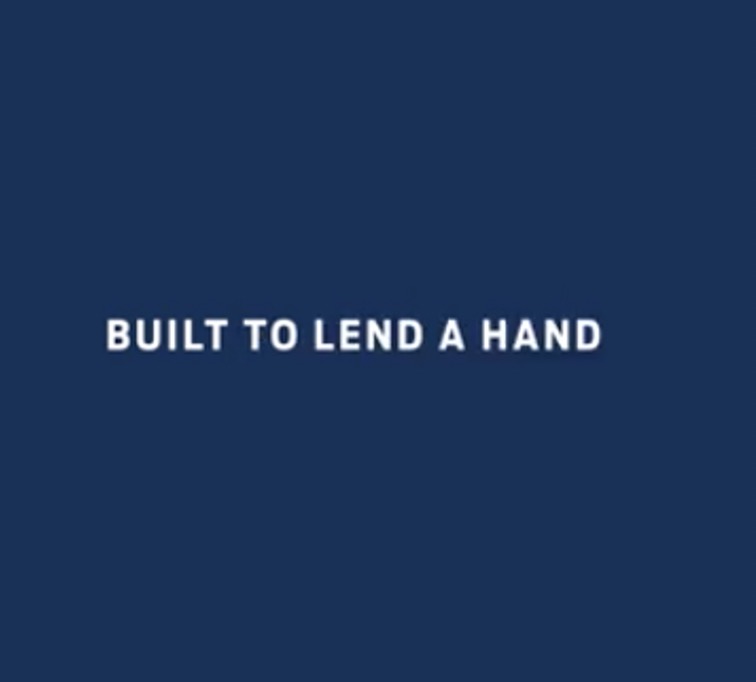
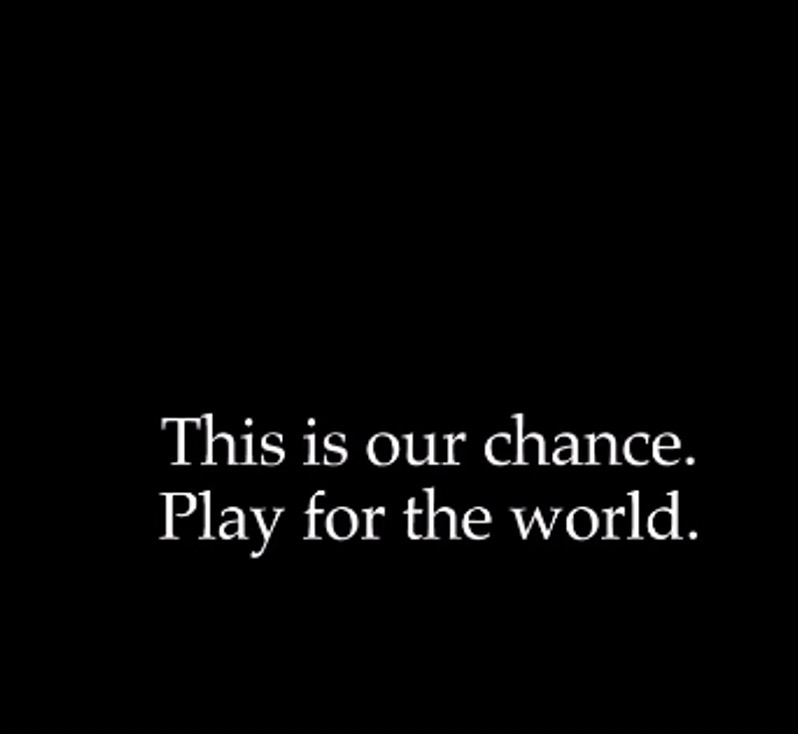
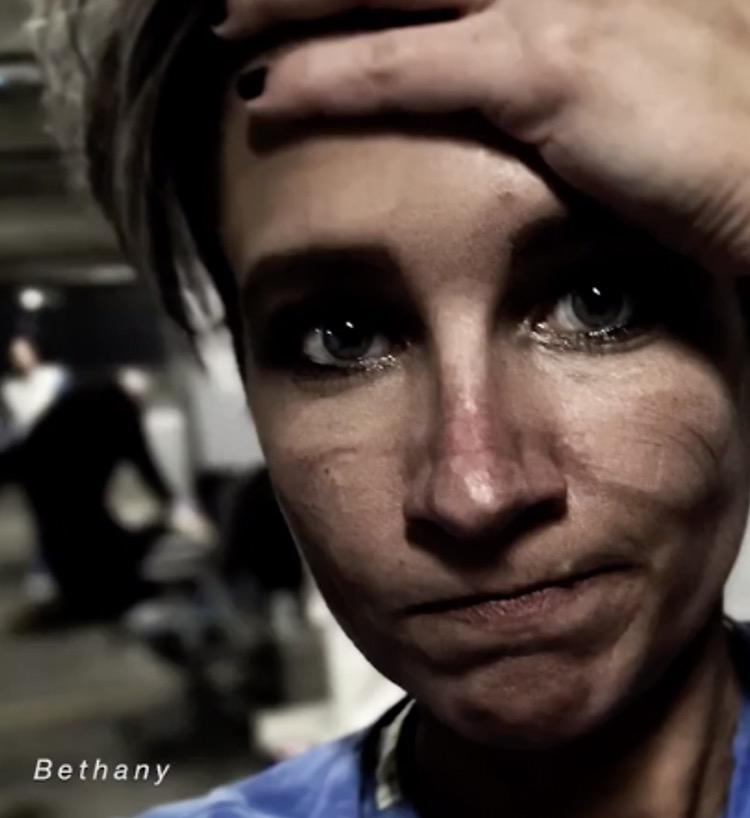
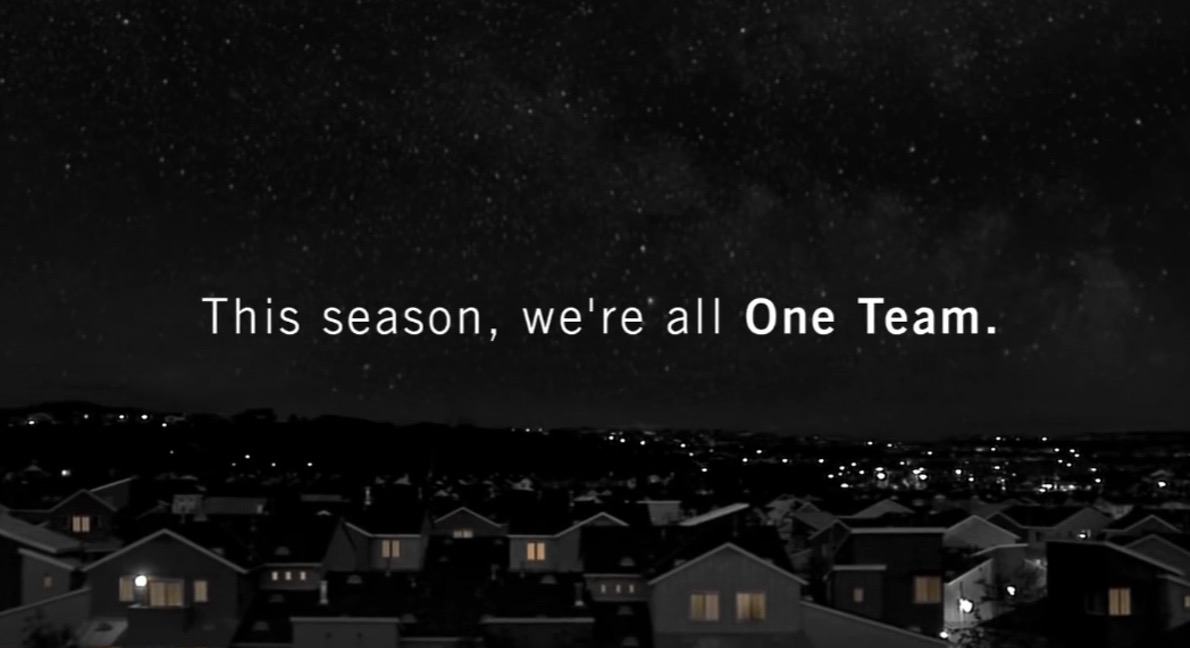
Verbal cues of the In This Together source code include:
- Celebrating volunteers: “We’re doubling ventilator production. With the help of volunteer employees, we hope to double it again by June.”
- Brand as member of your community tonality: “Built to lend a hand” (See We Got This theme); “Play for the world”; “Together we’ll wait out the moment”
- No us vs. them: “We’re all in this together”, “This season, we’re all one team.”
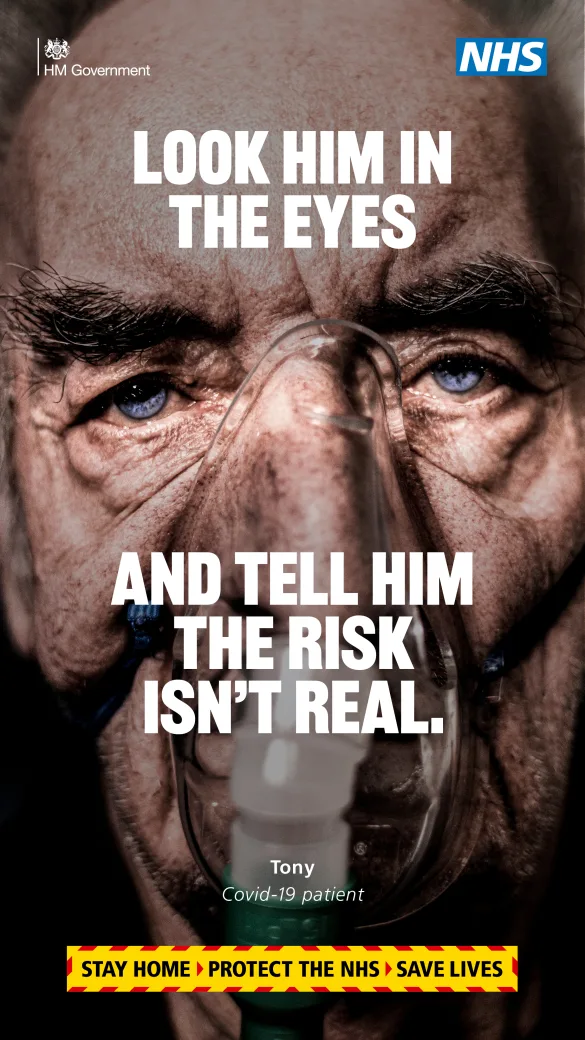
Chris Arning (UK), writing in February 2021, notes that the British government “has amped up the shrillness of the message” with this new advert asking people to “look in the eyes” of Covid sufferers and guilting them into staying at home. “The advert features numerous shots of close-ups focused on Covid sufferers and frontline health workers. The advert ends with ‘look them in the eyes and tell them you’re doing all you can to stop the spread of Covid-19. Stay home, protect the NHS, save lives.'”

Chris sends along a less guilt-inducing image, in which we are invited to “share the love” (rather than sharing the virus) by restricting the occupancy of this shop to one person at a time.
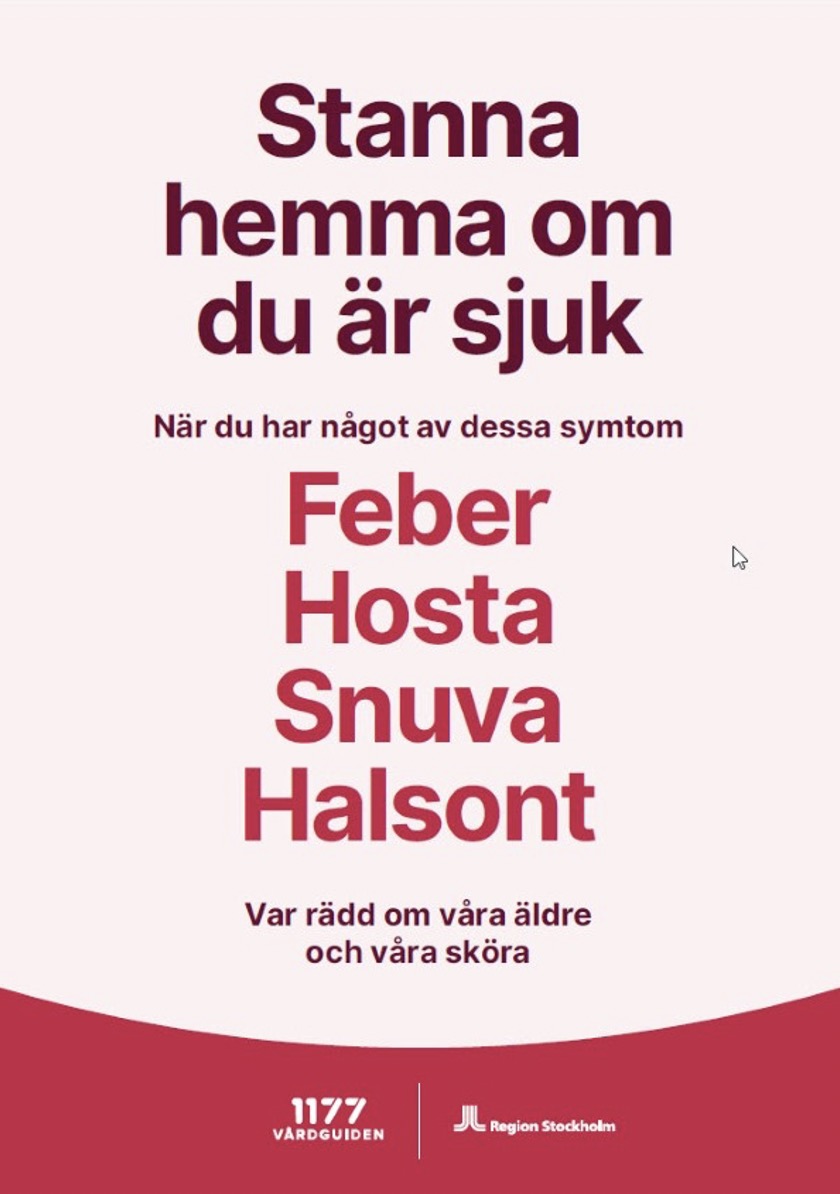
Martha Arango (Colombia/Sweden) sends a public service poster from Sweden that reads: “Stay at home if you are sick / When you have these symptoms / Fever, Cough, Runny Nose, Sore Throat / To protect our elderly and our fragile.” MArtha notes: “This sort of institutional information using the sense of collective solidarity is strongly rooted in Swedish culture.”
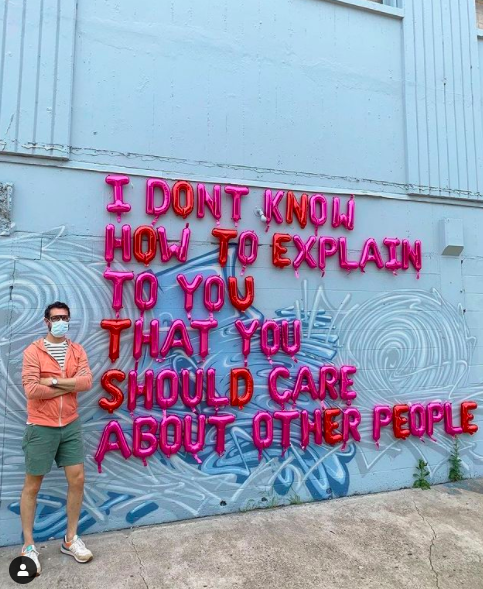
Interesting (and sad) to note that in the USA, it has often felt like an uphill struggle to persuade Americans to care enough about their fellow countrymen to behave properly during the pandemic.
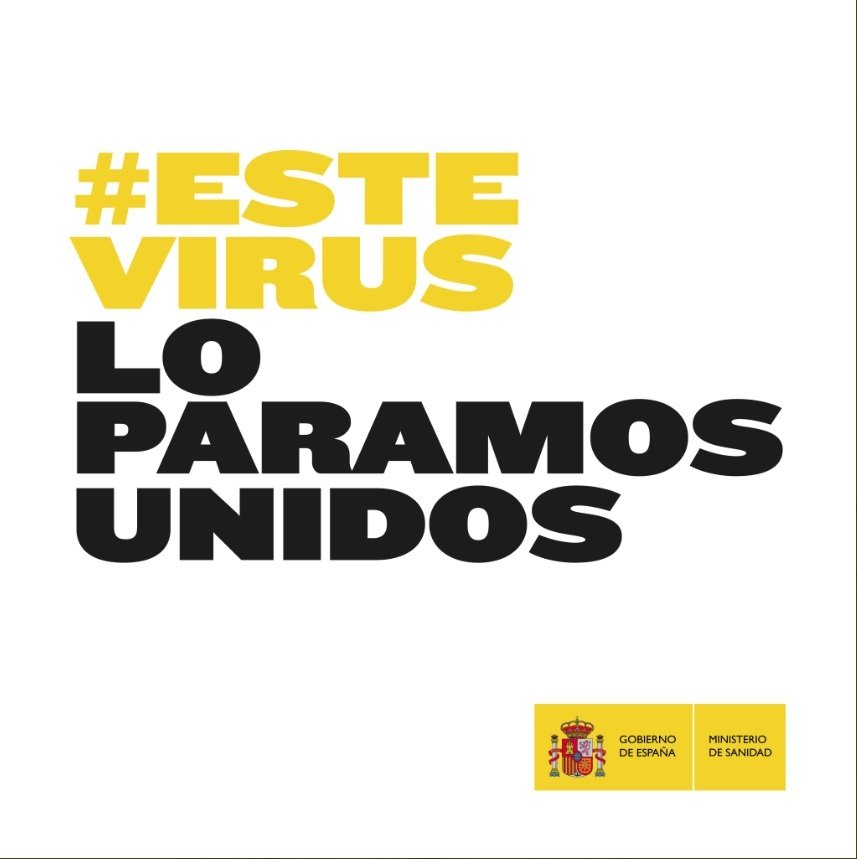
Gabriela Pedranti (Argentina/Spain), who submits the government-sponsored message above, notes that in Spain’s particularly “communal” society, the “big picture” theme has been present since day one.
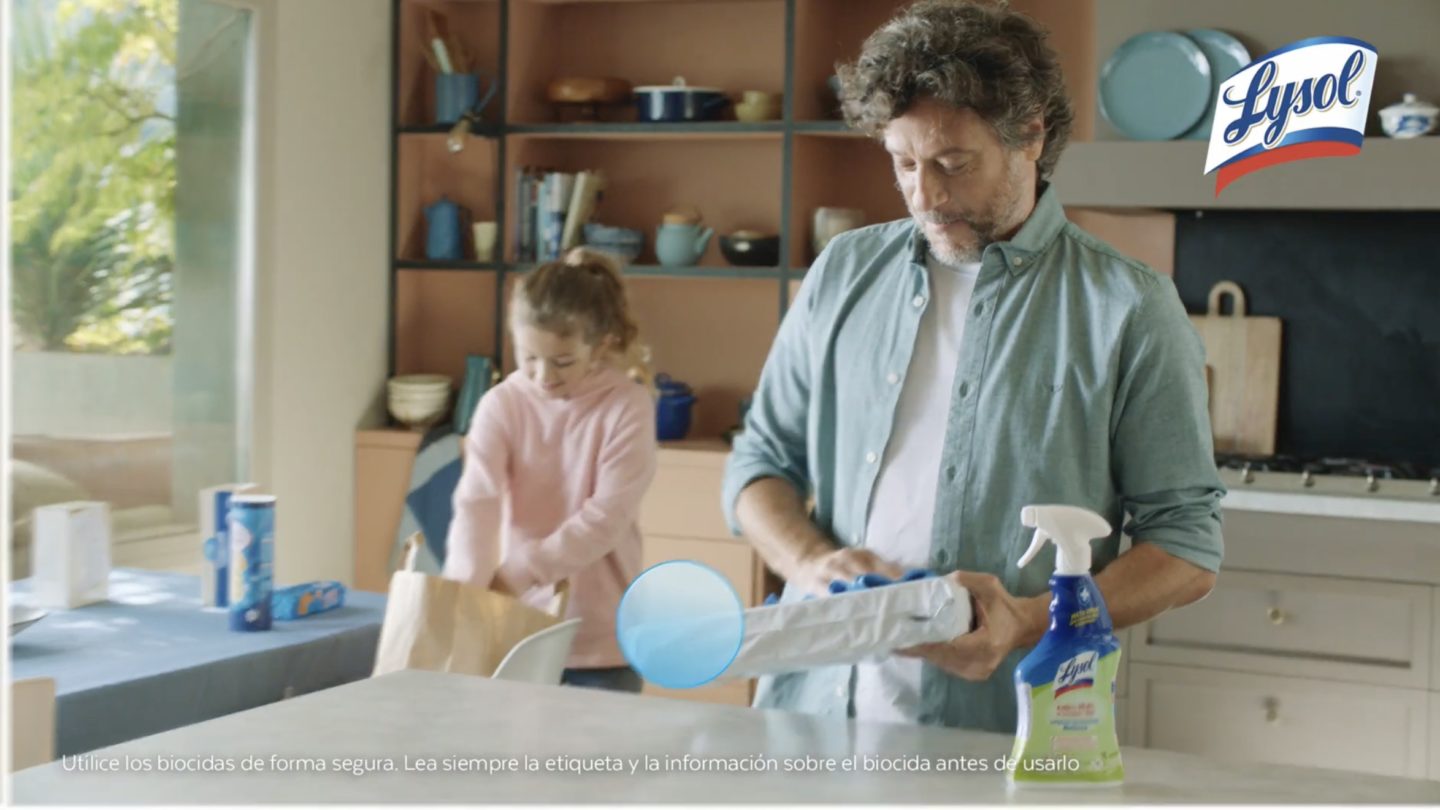
Gabriela adds: “The launch of Lysol in Spain (very recent) builds on this sentiment: ‘Protecting the homes of those who we love the most’.” She points out that we also find codes, here, from the ULTRA-PRECISE theme.
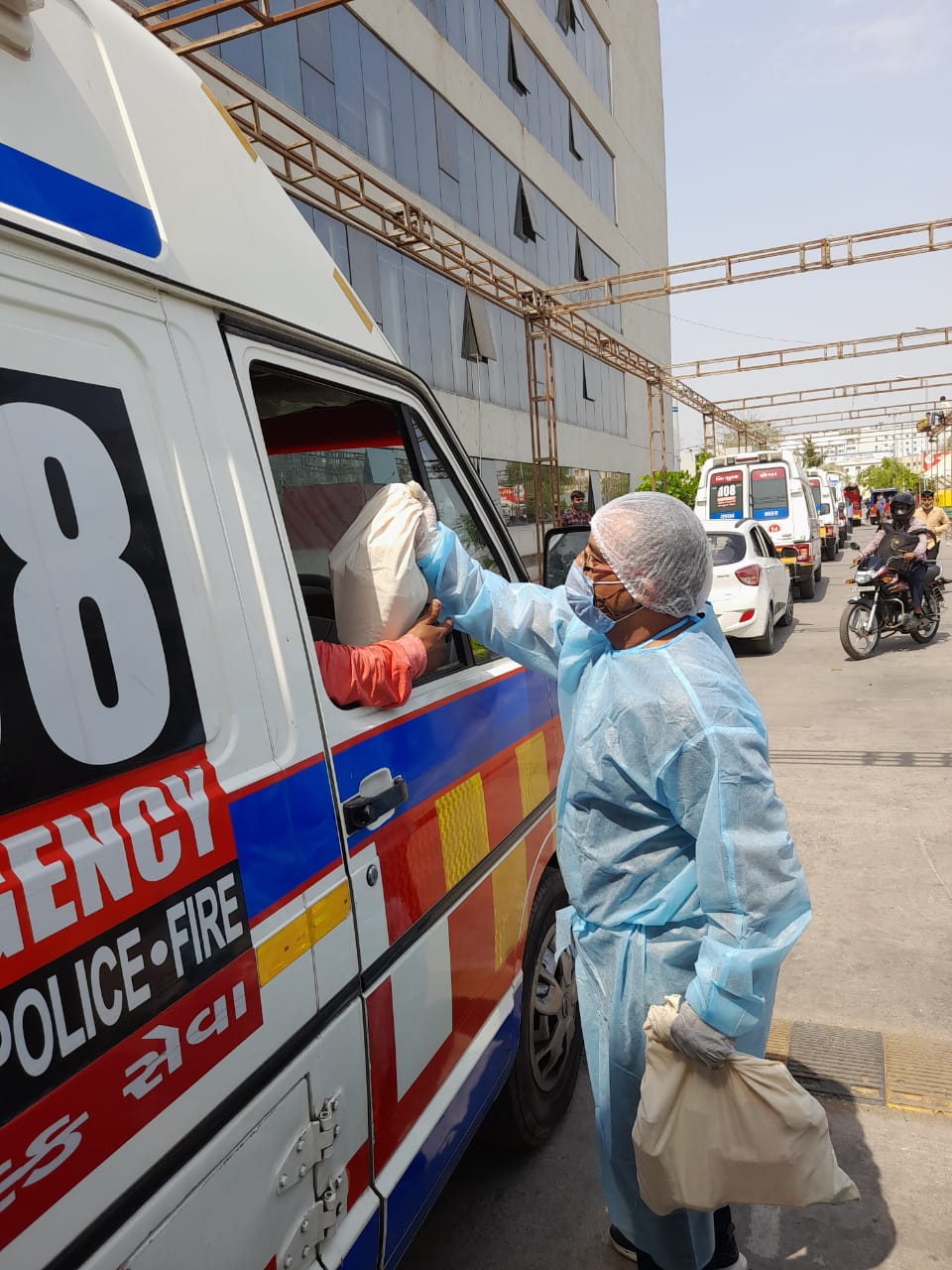
UPDATE (May 2021): Seema Khanwalkar (India) suggests that I mention citizen-led volunteer initiatives, here. “A lot of citizens across India are doing amazing work to help. The Sikhs are setting up beds in gurudwaras in Punjab, people are travelling hundreds of kilometers with one oxygen cylinder to save their friend, it is just mind boggling. And the Government is doing very little.”
Higher Purpose
The Higher Purpose source code’s norm (idea, value, higher-order benefit) can be described as follows: We’re motivated by more than profit. We’re keeping our eye on the big prize.
Note that the examples here are from the Cleaning category, but examples can be found from many other categories as well.
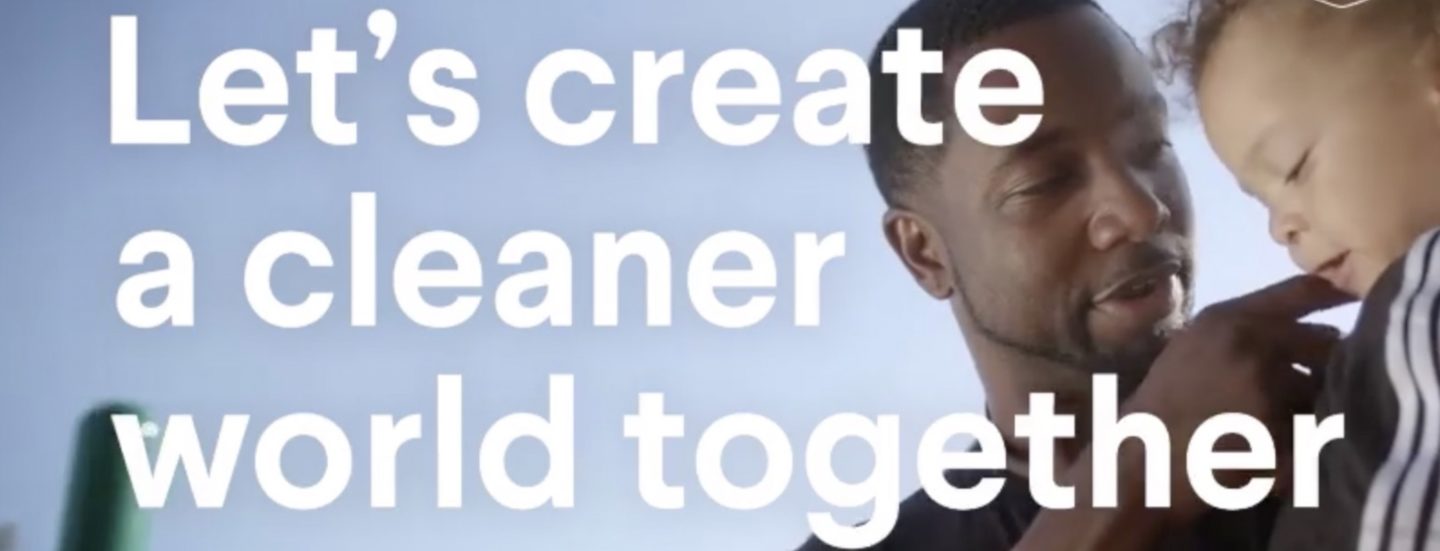
Visual cues of the Higher Purpose source code include:
- Inspirational poster-style visual metaphors (sun rising, clear blue sky)
- Children (metaphor for our responsibility to the future), parents with children
- Large type superimposed over images — manifesto-style
Verbal cues of the Higher Purpose source code include:
- Directives: “Start your morning like the planet depends on it,” “Believe in a seventh generation.”
- Invitations: “Let’s create a cleaner world together.”
- Statements of faith: “We believe…,” “Clean matters”
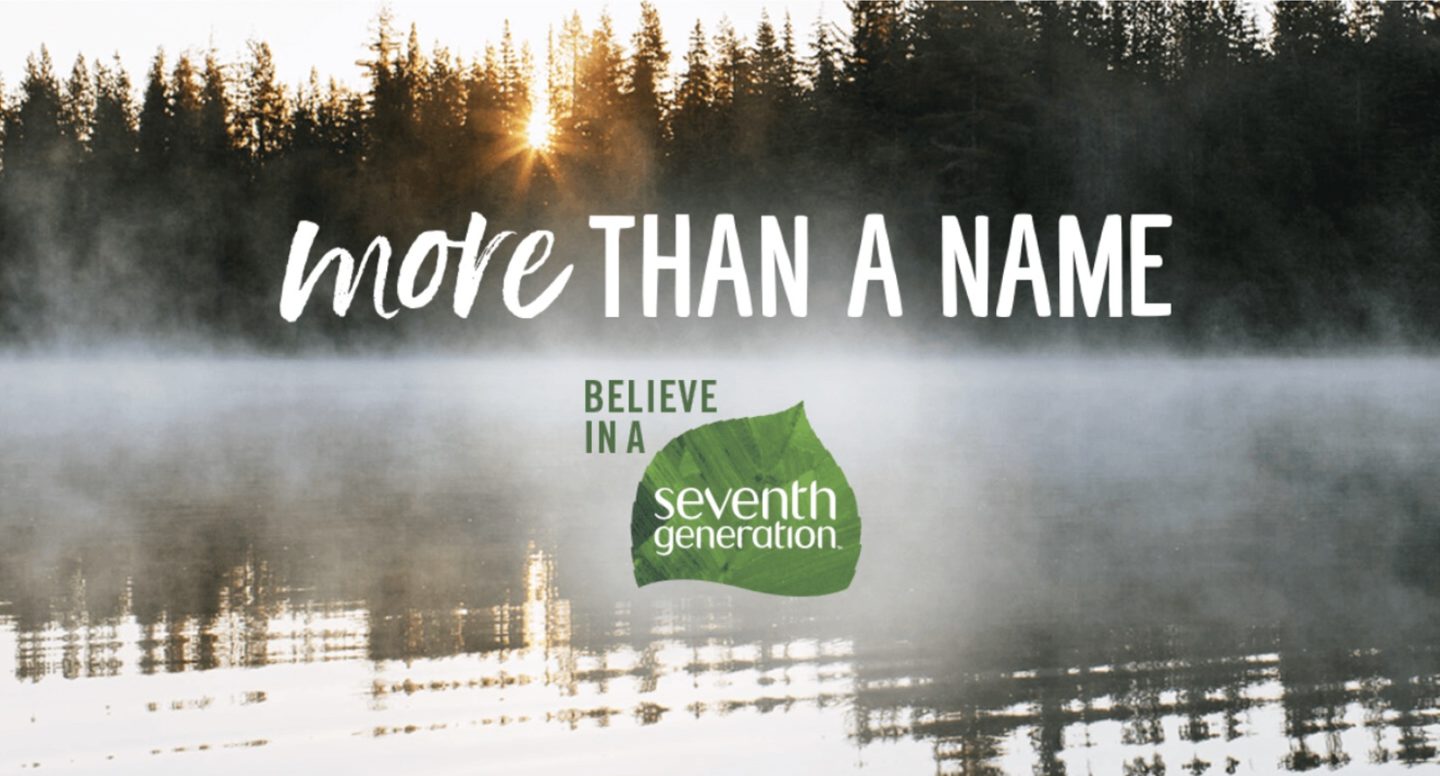
Take a Stand
The Take a Stand source code’s norm (idea, value, higher-order benefit) can be described as follows: We’re all in this together, so we must all act as one to fix the problem.
Visual cues of the Take a Stand source code include:
- Celebrities speaking out about an issue they believe in
- Nationalist-style imagery, e.g., flags, propaganda-like visuals
- Hands — fists raised in protests, hands over heart as expression of strongly felt emotion and belief, hands reaching out in solidarity
- Protest visuals — marche, decorated placards, people shouting
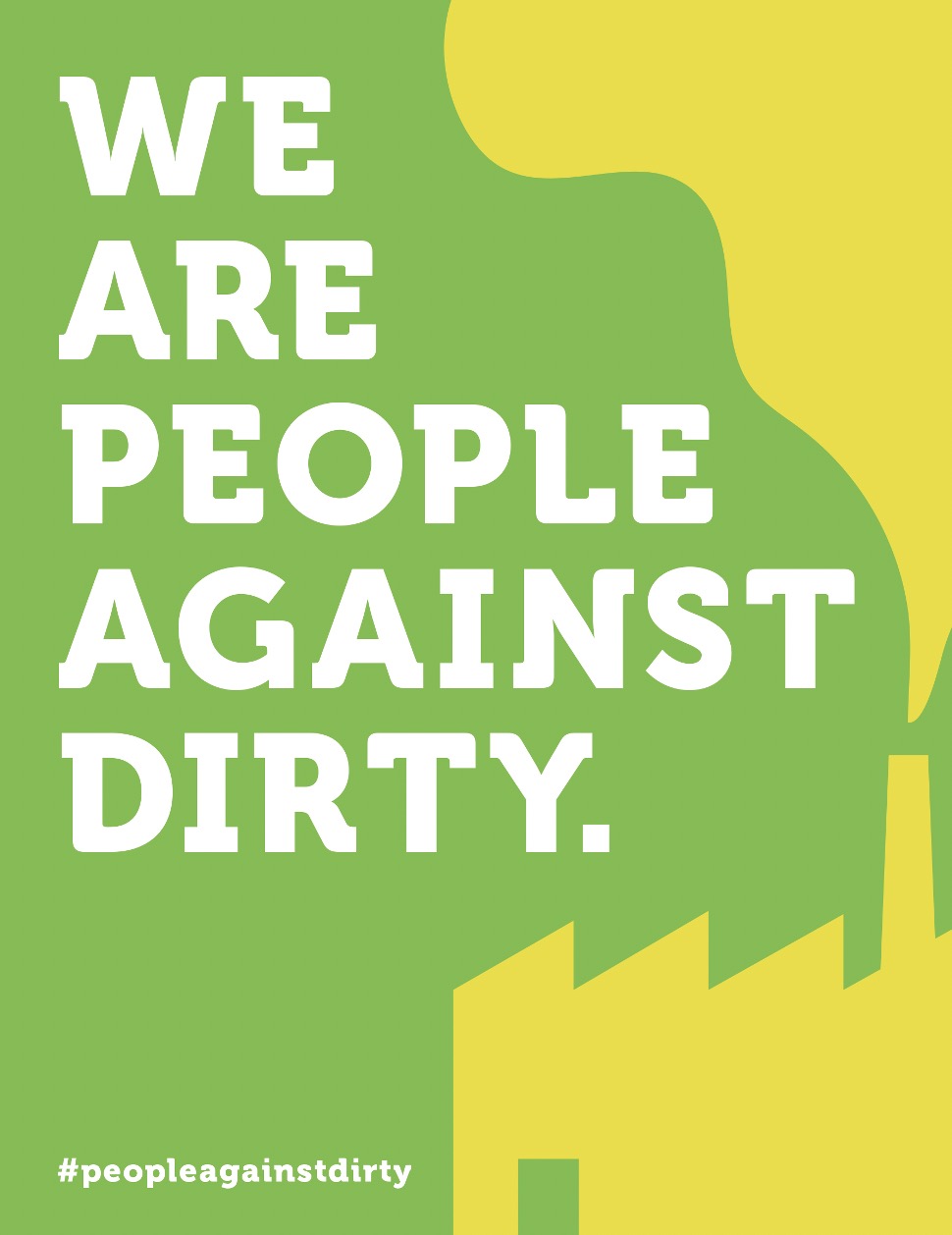
Verbal cues of the Take a Stand source code include:
- Protest tonality: “We are people against dirty,” “I will resist”
- Specific demands for action: “Save our health professionals — stay home,” “Vote with your soap”
- Calls for unity: “Borders are imaginary,” “Do something good for others,” “Solidarity”
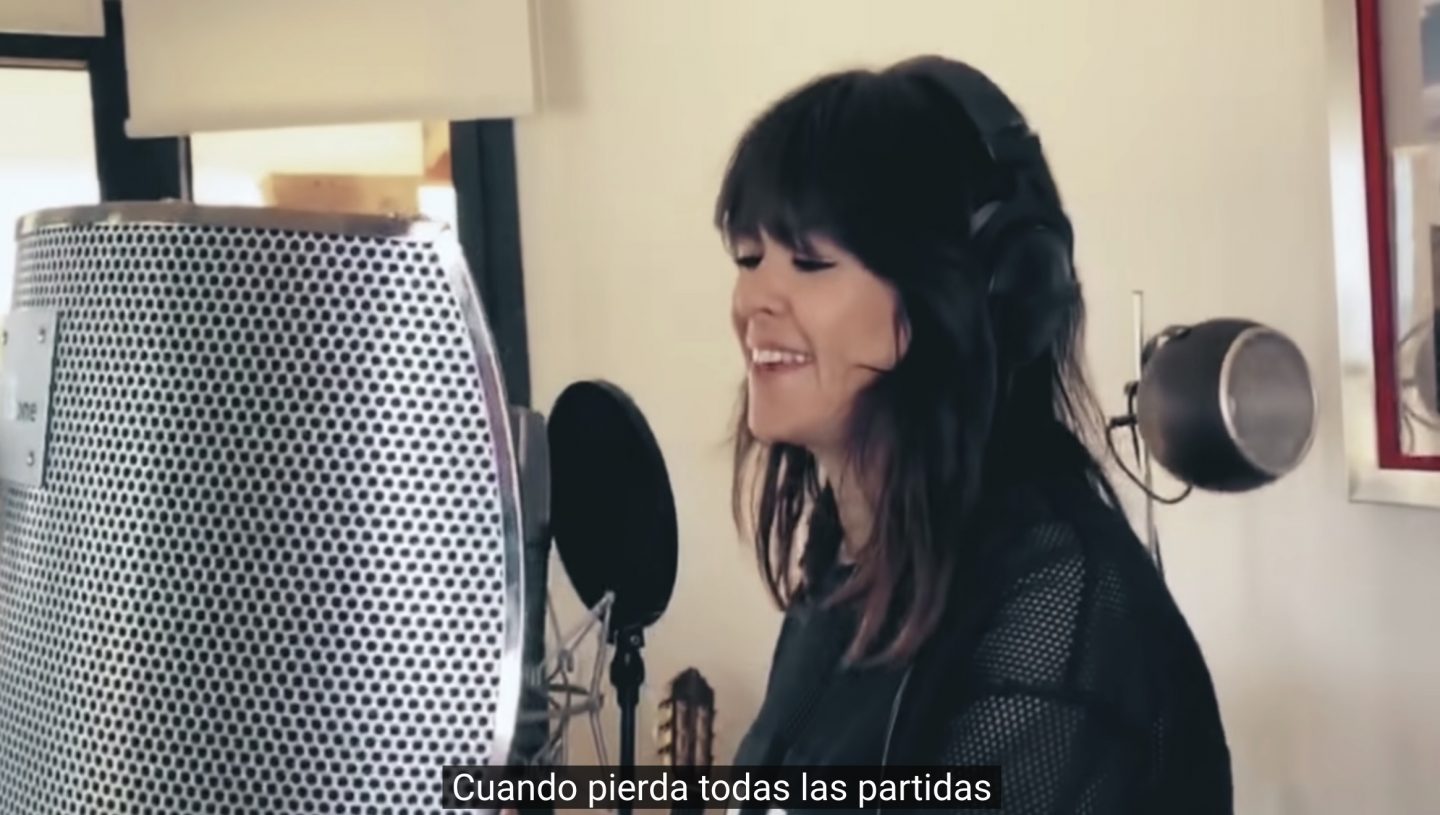
Gabriela Pedranti (Argentina/Spain) mentions is a song that became Spain’s national anthem against the pandemic: “Resistiré” (“I will resist”), from Dúo Dinámico, a well known duo. “It was so huge that many Spanish musicians — from almost every genre — got together (from home) and recorded the 2020 version. It was sung every night with the national clapping for the health workers.”
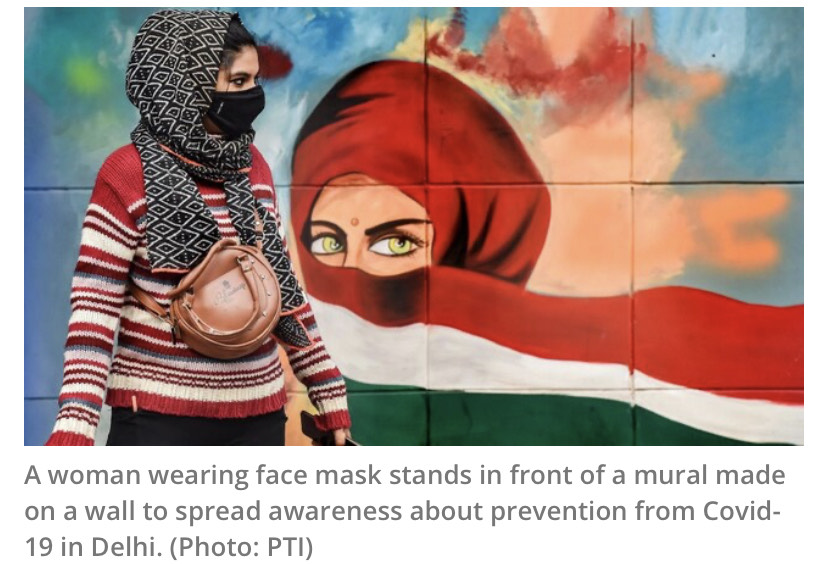
Aiyana Gunjan (India) suggests that the mural in the image shown above suggests “a sense of a nationalist movement — I’m sacrificing personal comfort/pleasure to save my country.“
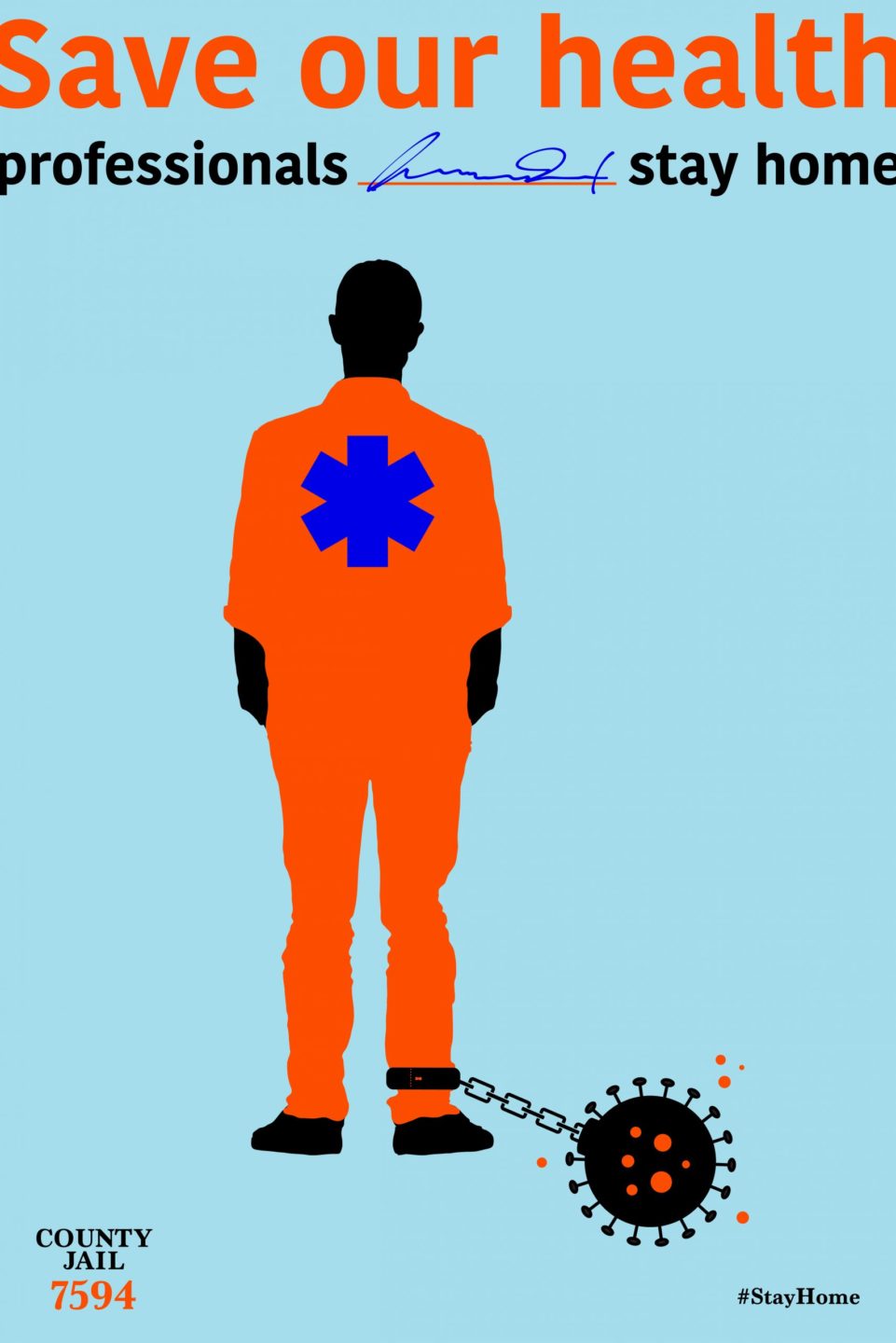
Mariane Cara (Brazil) suggests, regarding the image above (by Brazil-based artist Túlio Grandi), that it can be read as a protest poster comparing staying at home (to protect others from Covid) to going to jail for a cause that you believe in. Referencing the anthropologist Roberto da Mata’s 987 book “A casa e a rua,” Mariane notes that “the ‘street’ is Brazil’s most valued space — exerting cultural dominance in our way of life, arousing emotions, reactions, music and images. The need for reclusion during the quarantine could be interpreted as a kind of self-imposed jail sentence.”
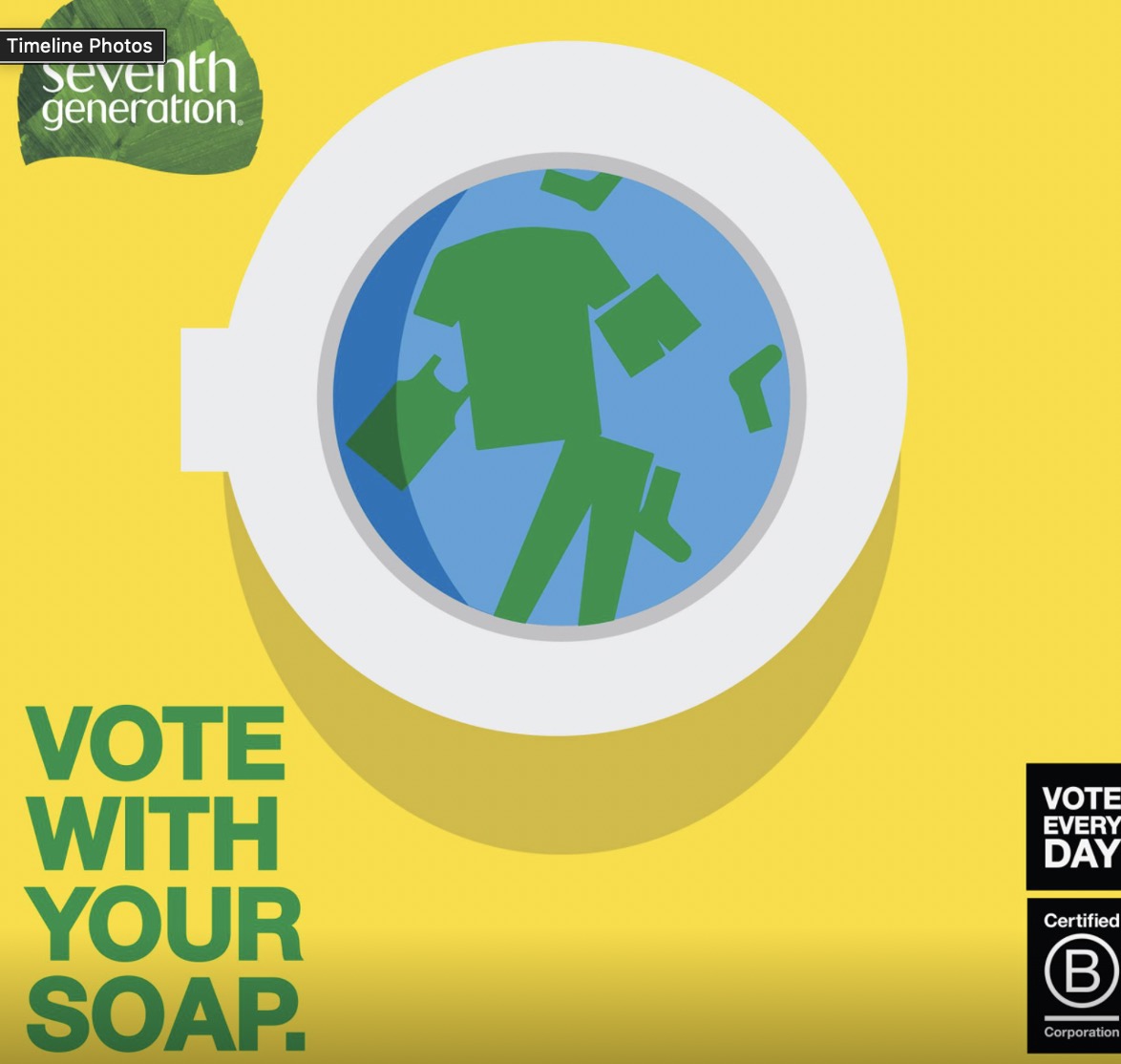
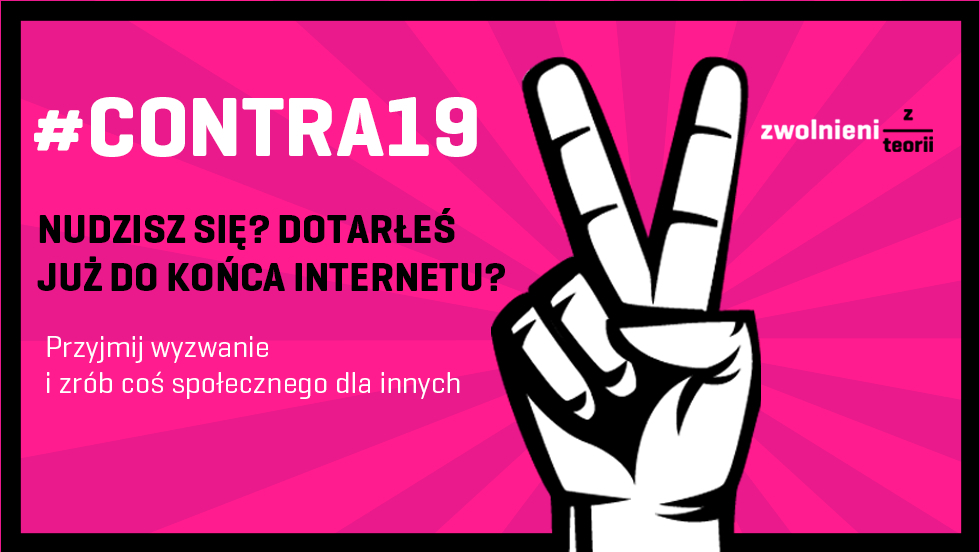
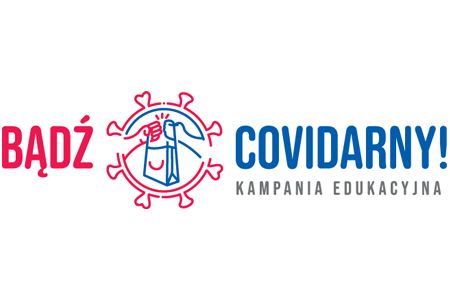
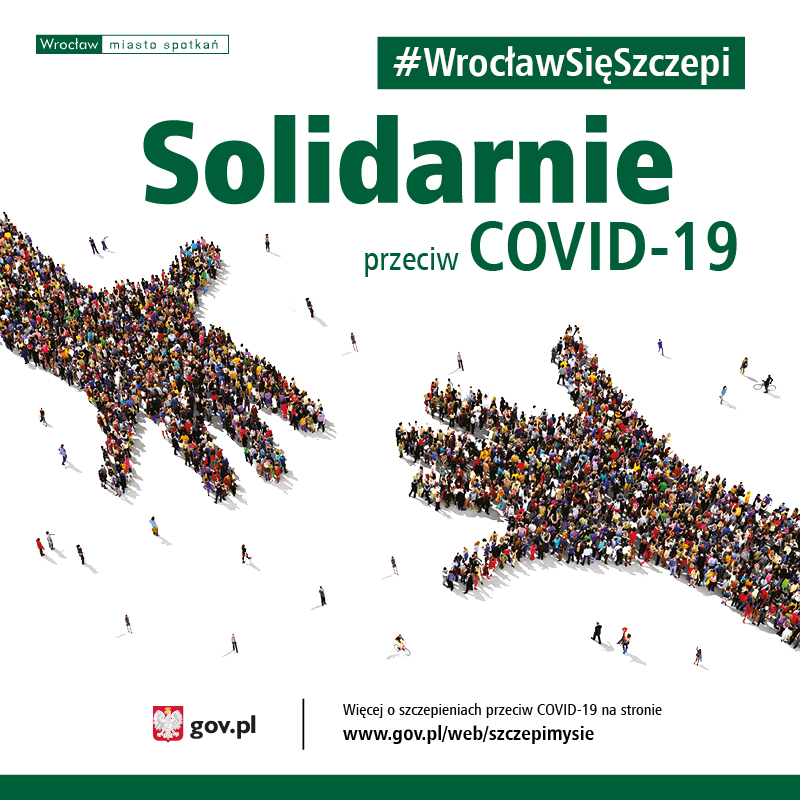
Paulina Goch-Kenawy (Poland) submits the three examples above, each of which leverages Poland’s culture of protest and solidarity.
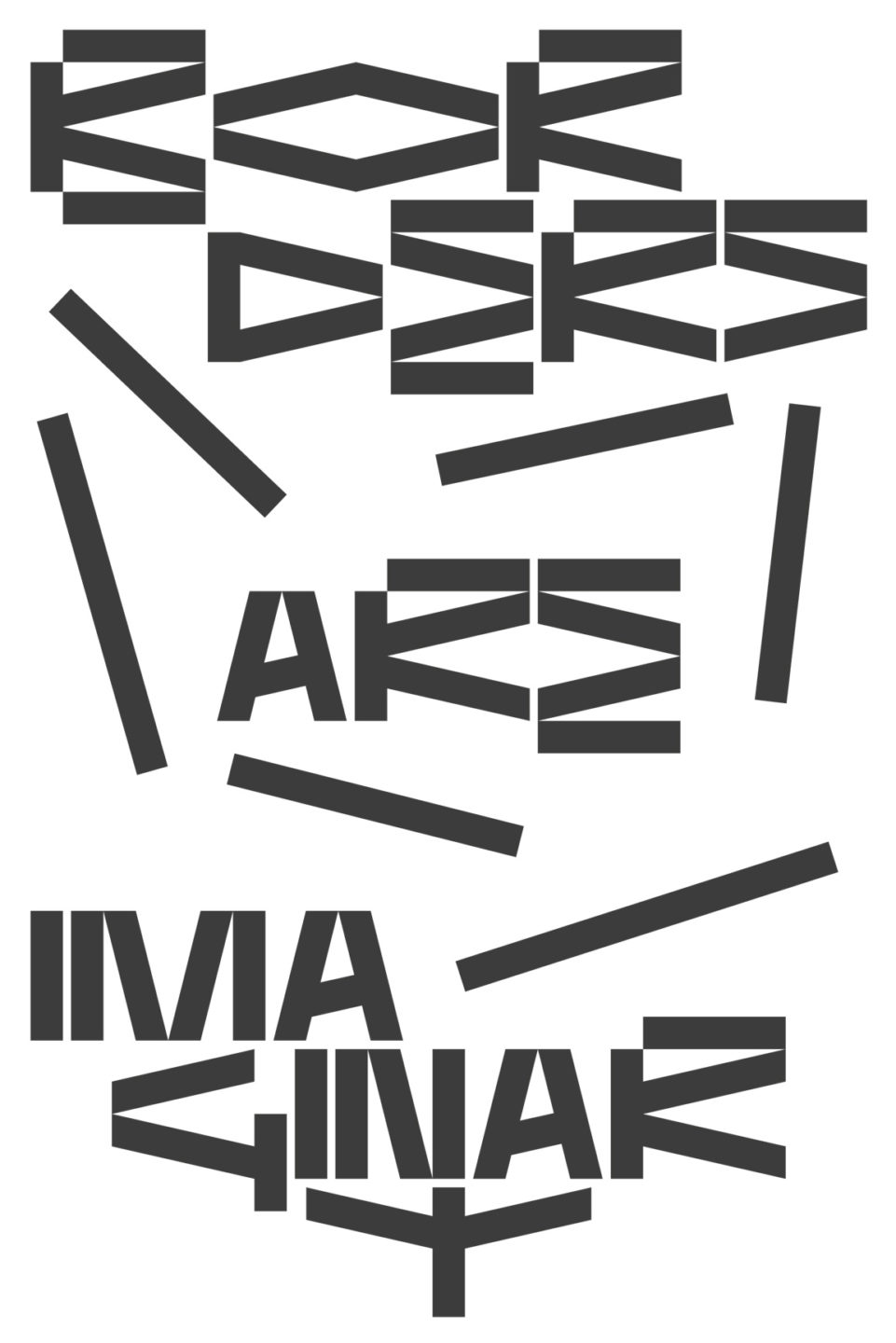
Gabriela Pedranti (Argentina/Spain) writes, regarding the poster by a Spanish artist above, that the idea of a borderless world is a utopian one: “Borders, differences, come up all the time — not only from the Catalan and Basque nationalists, but from the Spanish ones, who talk about “our country”, “our land”, and so on… Regarding the virus, the “global” perception of the problem referenced by this poster disappeared after the first lockdown: nowadays, everyone is centered on trying to keep their jobs and worrying because a lot of local businesses (which is the main productive network in Spain, self-employed people and SMBs) are not going to open again. Nevertheless, utopia is one of the main reasons of art!”
Thank you for reading our Covid Codes series. Next week’s installment will be on this theme: GOOD ATTITUDE.
Also see these global semio series: MAKING SENSE (Q&As) | SEMIOFEST SESSIONS (monthly mini-conferences) | COVID CODES | SEMIO OBJECTS | COLOR CODEX | DECODER (fictional semioticians) | CASE FILE | PHOTO OP | MEDIA DIET | TATTOO YOU (semioticians’ tattoos).

